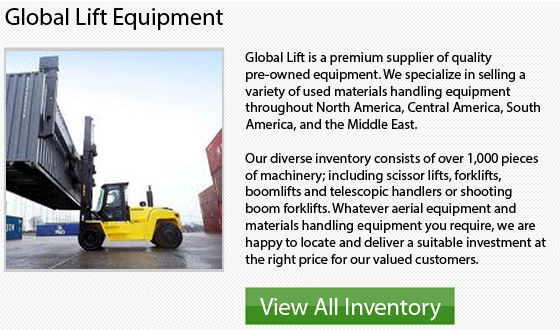
The Carriage
The carriage is like a typical forklift because the lifting attachment can be tilted backwards and forwards from its horizontal. The tilt that is possible on this machine exceeds more than that of the vertical masts. There are various types of available lifting attachments, and this ability to position makes them as effective as possible.
The majority of telehandlers can tilt forward to a point where the carriage is actually parallel with the ground believe it or not! Furthermore, a lot of models provide rotating carriages also. This enables the operator to radially adjust the lifting attachment. This translates to the load being able of being tilted backwards and forwards, and side to side.
Load Capacity
Figuring out a telehandler's load capacity is a much different exercise than it is on a vertical mast unit. The capacity of the model is entirely dependent on such things as: the amount of boom transaction deployed, if this is applicable and boom angle and extension, whether the unit is lifting on outriggers or on rubber tires. What's more, which lifting attachment plays a really main role, as does the wind, the grade the machine is operating on and so forth. All of these specifics can be changing on a constant basis and this gives the operator much more information to consider.
Telehandlers would often have some different load charts available to them, giving them a good reference they can utilize to determine a certain lift's load capacity. Depending upon the boom's configuration and the unit in particular, the load capacity could vary by thousands of pounds all together.